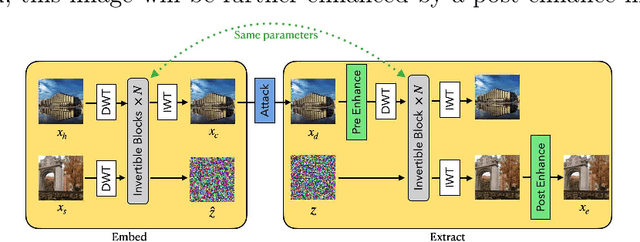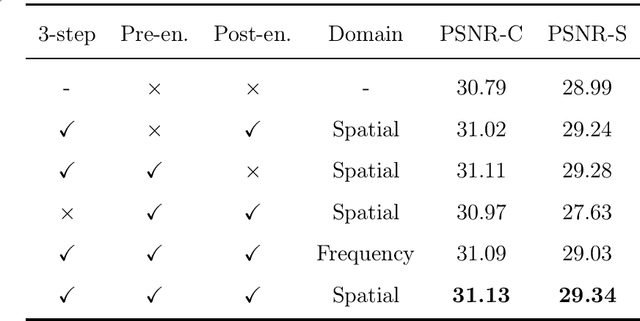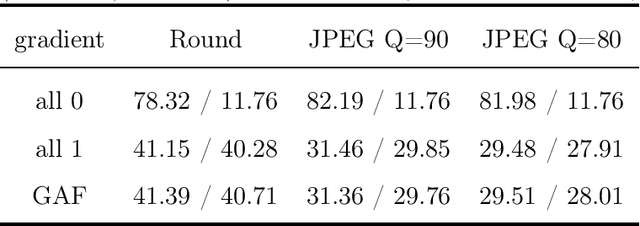Xiaodong Ma
PolyRoom: Room-aware Transformer for Floorplan Reconstruction
Jul 15, 2024Abstract:Reconstructing geometry and topology structures from raw unstructured data has always been an important research topic in indoor mapping research. In this paper, we aim to reconstruct the floorplan with a vectorized representation from point clouds. Despite significant advancements achieved in recent years, current methods still encounter several challenges, such as missing corners or edges, inaccuracies in corner positions or angles, self-intersecting or overlapping polygons, and potentially implausible topology. To tackle these challenges, we present PolyRoom, a room-aware Transformer that leverages uniform sampling representation, room-aware query initialization, and room-aware self-attention for floorplan reconstruction. Specifically, we adopt a uniform sampling floorplan representation to enable dense supervision during training and effective utilization of angle information. Additionally, we propose a room-aware query initialization scheme to prevent non-polygonal sequences and introduce room-aware self-attention to enhance memory efficiency and model performance. Experimental results on two widely used datasets demonstrate that PolyRoom surpasses current state-of-the-art methods both quantitatively and qualitatively. Our code is available at: https://github.com/3dv-casia/PolyRoom/.
PRIS: Practical robust invertible network for image steganography
Sep 24, 2023



Abstract:Image steganography is a technique of hiding secret information inside another image, so that the secret is not visible to human eyes and can be recovered when needed. Most of the existing image steganography methods have low hiding robustness when the container images affected by distortion. Such as Gaussian noise and lossy compression. This paper proposed PRIS to improve the robustness of image steganography, it based on invertible neural networks, and put two enhance modules before and after the extraction process with a 3-step training strategy. Moreover, rounding error is considered which is always ignored by existing methods, but actually it is unavoidable in practical. A gradient approximation function (GAF) is also proposed to overcome the undifferentiable issue of rounding distortion. Experimental results show that our PRIS outperforms the state-of-the-art robust image steganography method in both robustness and practicability. Codes are available at https://github.com/yanghangAI/PRIS, demonstration of our model in practical at http://yanghang.site/hide/.
Channel Pruning Guided by Spatial and Channel Attention for DNNs in Intelligent Edge Computing
Nov 08, 2020



Abstract:Deep Neural Networks (DNNs) have achieved remarkable success in many computer vision tasks recently, but the huge number of parameters and the high computation overhead hinder their deployments on resource-constrained edge devices. It is worth noting that channel pruning is an effective approach for compressing DNN models. A critical challenge is to determine which channels are to be removed, so that the model accuracy will not be negatively affected. In this paper, we first propose Spatial and Channel Attention (SCA), a new attention module combining both spatial and channel attention that respectively focuses on "where" and "what" are the most informative parts. Guided by the scale values generated by SCA for measuring channel importance, we further propose a new channel pruning approach called Channel Pruning guided by Spatial and Channel Attention (CPSCA). Experimental results indicate that SCA achieves the best inference accuracy, while incurring negligibly extra resource consumption, compared to other state-of-the-art attention modules. Our evaluation on two benchmark datasets shows that, with the guidance of SCA, our CPSCA approach achieves higher inference accuracy than other state-of-the-art pruning methods under the same pruning ratios.
 Add to Chrome
Add to Chrome Add to Firefox
Add to Firefox Add to Edge
Add to Edge